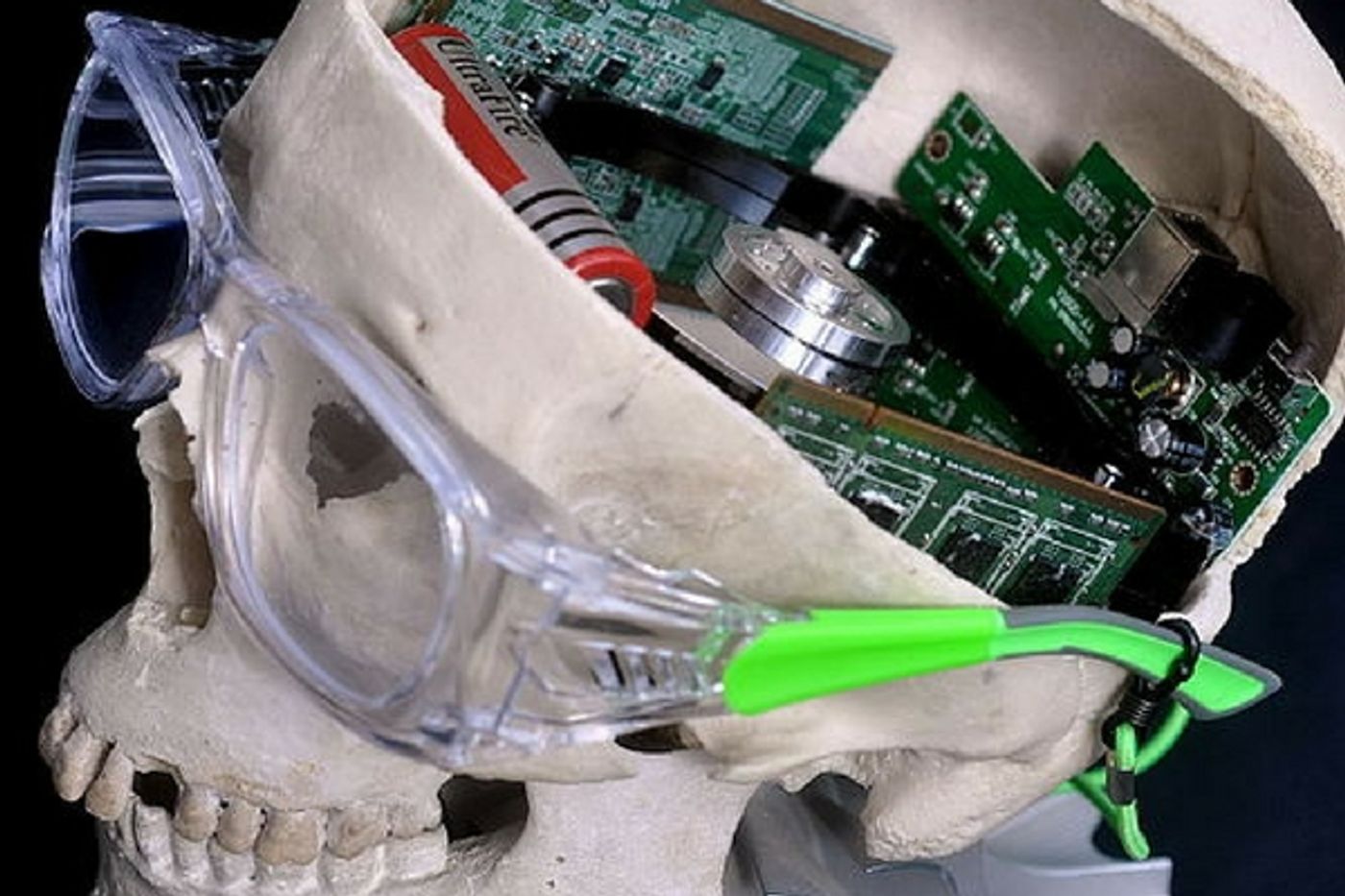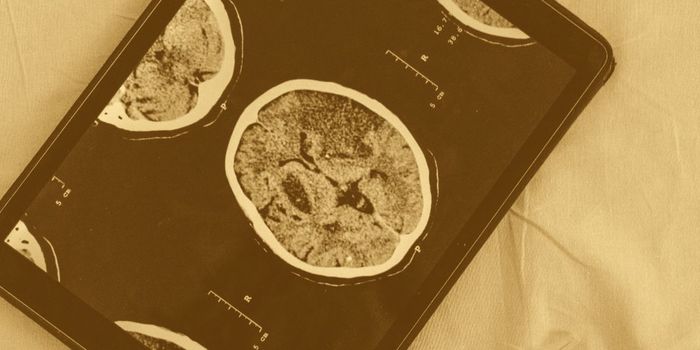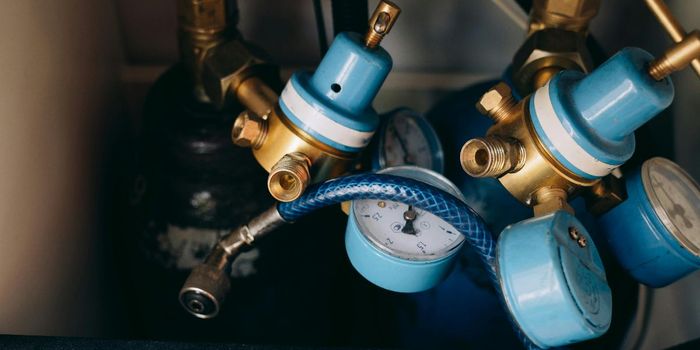DARPA Plans to Develop a Brain Chip
A government agency spending millions of dollars on an implantable brain chip for use in humans? It might sound like a sci-fi movie, but it’s very real. DARPA has begun to contract with universities and other research facilities to develop their Neural Engineering System Design (NESD) program. On board so far to engineer various parts of the project are: Brown University, Fondation Voir et Entendre (The Seeing and Hearing Foundation), John B. Pierce Laboratory, Columbia University, the University of California, Berkeley, and Paradromics, Inc.
While each of these groups will have specific parts of the project to work on, there is expected to be a great deal of collaboration between what will likely be hundreds of scientists, engineers, and researchers.
DARPA officials announced the NESD project in January 2016. The goal of the technology will be a brain computer interface, but one that is fully implantable. The teams hope to come up with something that takes the electrical and chemical signaling that happens within the neuronal networks of the brain and convert it to something that is readable by digital devices. The plan is to use binary code, which can be read by computer hardware. The endless lines of ones and zeros that make up the language of the digital world will hopefully provide the bridge between the brain and the technology. DARPA believes this process could eventually be used to restore sight, hearing and speech to patients who have had brain injuries or diseases that have impacted these brain functions.
DARPA’s founding Program Manager for the NESD, Phillip Alvelda, explained, “The NESD program looks ahead to a future in which advanced neural devices offer improved fidelity, resolution, and precision sensory interface for therapeutic applications. By increasing the capacity of advanced neural interfaces to engage more than one million neurons in parallel, NESD aims to enable rich two-way communication with the brain at a scale that will help deepen our understanding of that organ’s underlying biology, complexity, and function.” A million neurons? It sounds daunting, but as Alveda put it, it’s actually a “miniscule percentage” of the nearly 86 billion neurons contained in the human brain.
The program will happen in phases, beginning with designing the hardware and software necessary and putting prototypes through testing with animals and cultured cells which officials expect to take up to a year. The next part of the project will be working with integration, miniaturization and safety. That part of the project will involve a great deal of collaboration with the U.S. Food and Drug Administration (FDA) as well as other regulatory agencies. Of course, concerns like privacy, biomedical ethics and information security will be a priority when it’s eventually time for human trials.
Justin Sanchez, Director of DARPA’s Biological Technologies Office stated, “DARPA has been a pioneer in brain-machine interface technology since the 1970s, but we began investing heavily in the early 2000s when the confluence of improved sensing and information technology opened the door to new capabilities. Since then, DARPA has invested hundreds of millions of dollars transitioning ‘neuroscience’ into ‘neurotechnology’ with a series of cumulatively more advanced research programs that expand the frontiers of what is possible in this enormously difficult domain. We’ve laid the groundwork for a future in which advanced brain interface technologies will transform how people live and work, and the Agency will continue to operate at the forward edge of this space to understand how national security might be affected as new players and even more powerful technologies emerge.”
The video included here has more specific information about this very futuristic project. It’s a brave new world out there; check it out.
Sources: DARPA, TechCrunch, Fortune









